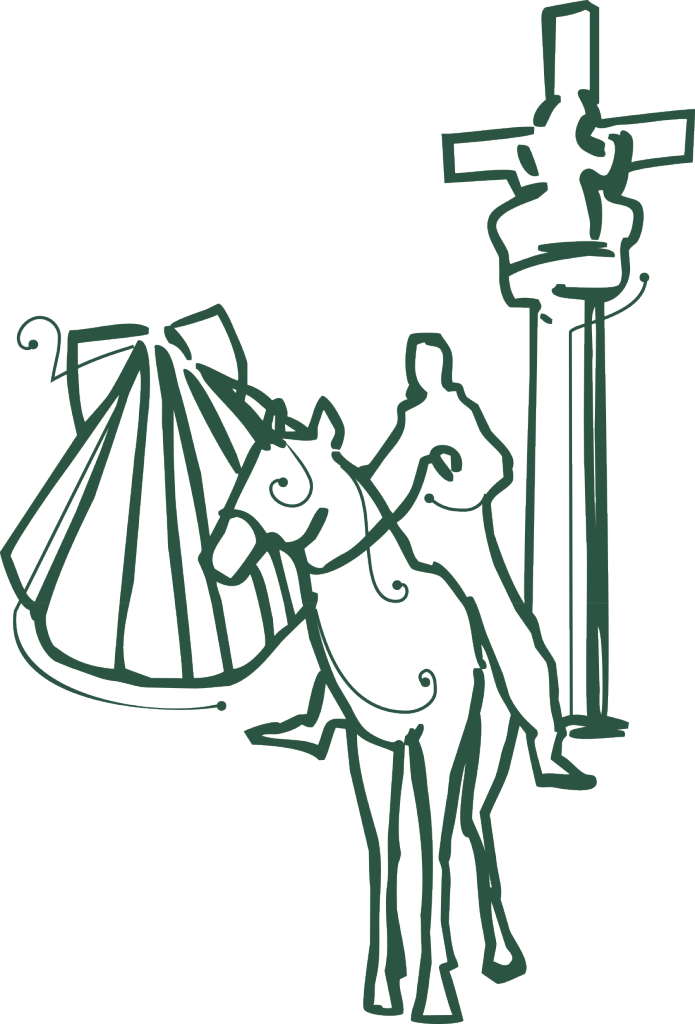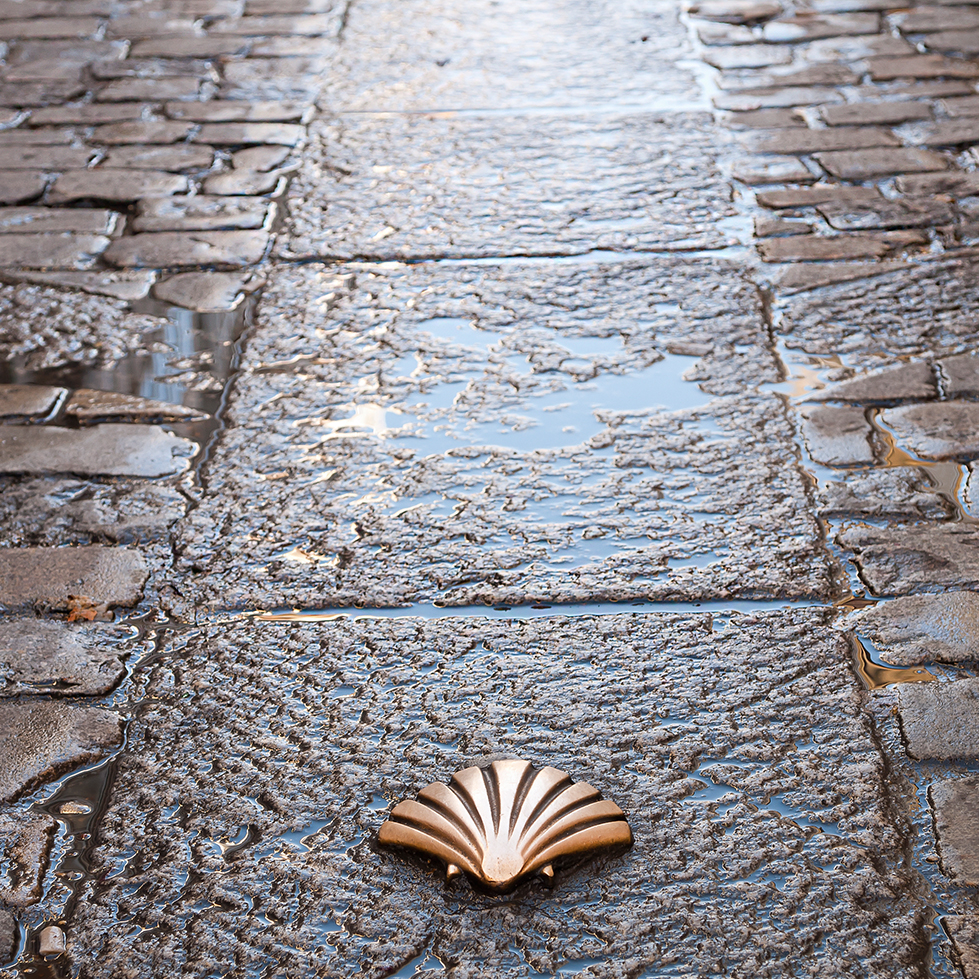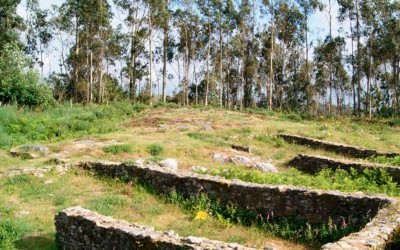Natural Environment
A catalyst for the whole región, the commercially thriving town of Melide is a compact urban centre supplying services for all the región and neighbouring municipalities. You´ll find thar Melide, as part of central Galicia, also has a deep cultural heritage as evidenced by its floklore, the way of speaking of its inhabitants, its Galician gastronomy, masons, ironworkers and other craftspeople.
The town is surrounded by expanisbe and picturesque rural landscapes boasting an ancient rustic culture that still survives to this day. You´ll discover beautiful sights such as the area of the River Furelos, the natural springs of Brañas, the mountains of Bocelo, the mountain range of Careón, and the castro (iron-age settlement) of Graña.
What´s more, you´re less tan forty-five minutes journey from the main Galician cities: Santiago, Lugo and A Coruña. Documented in the year 1933 by the Seminario de Estudos Galegos (Seminary of Galician Studies), Melide today is flourishing in the primary and tertiary sector and in tourism centre don the Way of Santiago and its natural beauty. Thanks to his mixture, Melide is a land which reflects the combination of ancient and modern worlds.

Situacione
Dal cuore della terra di Melide, incrocio dei cammini, terra dei frandi formaggi, carni e dolci, si alza il paese piú importante della regione, nel centro storico, al piede del Cammino di Santiago, in fronte del albergo dei pellegrini, é Chiquitín Melide.
La Via di Santiago
Chiquitín sta camminando il Camino de Santiago si trova al crocevia di Camino de Santiago e viene tagliato dal Cammino Francese ed il Cammino Primitivo .
Il Cammino Francese, o Sentiero delle Stelle, si caratterizza per la sua popolarità e la ricchezza paesaggistica, culturale e artistico straordinario. Nei suoi quasi 800 chilometri di lunghezza pellegrino può godere di una varietà di paesaggi e luoghi con un sacco di magia.
Il Cammino Primitivo è stata la prima via di pellegrinaggio a verbale: egli è colui che ha seguito il re Alfonso II, per il primo terzo del IX secolo, da allora capitale del Regno, Oviedo.










